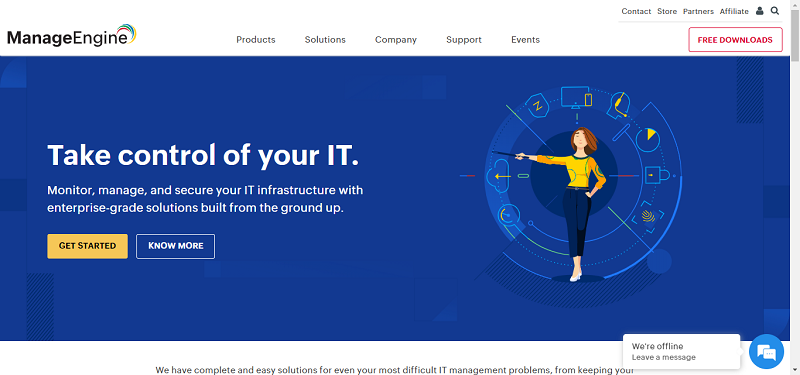In my role as a service management consultant, I’m continuously witnessing organisations attempting to maintain efficient service delivery within the constraints of outdated legacy systems. Legacy systems can slow down processes and the teams that use them, they can function sub-optimally, and potentially become a hindrance and cause a loss of time and productivity, making legacy tech a drain on teams and resources.
These challenges are not easily overcome. Many attempt to conquer them by turning to the framework of ITIL (Information Technology Infrastructure Library) to guide them through these difficulties. ITIL provides best practices and guidelines for IT service management (ITSM).
The adoption of ITIL can be strategically utilised to facilitate a seamless transition from legacy systems to more contemporary, agile IT infrastructures. Still, there are considerations to account for when determining the best way forward.
Before embarking on the path of ITIL adoption, IT leaders must carry out a thorough assessment of your existing ITSM practices. Knowing from where to start is vital to any successful project. This, of course, requires analysis when diving in and helps discover the current system’s compatibility with the principles embodied in ITIL, as well as the desired outcomes sought.
This critical assessment helps build a solid foundation for any forthcoming transition away from historical systems into a new age of technology.
Legacy systems typically operate based on restricting and inflexible processes that are difficult to adapt to modern business needs. Conversely, ITIL principles place a strong emphasis on flexibility and adaptability. Consequently, organisations must map their existing processes onto the ITIL framework, enabling them to identify gaps and opportunities for enhancement.
When harmonising ITIL principles, consider the following carefully:
Following these steps ensures smoother alignment with ITIL and a successful transition from legacy systems to modern IT infrastructure.
Another notable challenge when dealing with legacy systems is their inherent resistance to change. Here is where ITIL’s comprehensive change management practices come into play. These practices focus on minimising disruption whilst still allowing necessary changes to take place.
Another ITIL practice that complements and aids change management is the framework’s extensive risk management. ITIL offers the means to proactively identify, assess, and mitigate potential risks associated with the migration. This approach equips organisations to make informed decisions and address challenges before they escalate.
Utilising these practices during times of transition and during everyday processes allows for well organised and fearless change to be undertaken in your organisation.
Legacy systems frequently suffer from the absence of comprehensive documentation. In sharp contrast, ITIL places significant emphasis on documentation and knowledge management as essential pillars of ITSM. In the context of transitioning from complex legacy systems, this documentation proves invaluable.
Documentation of processes and procedures greatly aids in facilitating the transition process and plays a critical role in training IT staff to effectively navigate the intricacies of the new systems.
A hallmark of ITIL is its emphasis on fostering a culture of continuous improvement. Legacy systems, often rigid and resistant to adaptation, can hinder the ability to respond to changing business needs. By integrating ITIL’s principles of ongoing enhancement, organisations can ensure that their IT infrastructure remains agile, responsive, and poised to meet evolving requirements effectively.
Continuous improvement is crucial for an internal service desk. It enhances service quality by optimising processes through data-driven decision-making and minimises downtime by continually adapting to changing needs. It also boosts employee satisfaction and builds a positive service desk reputation.
Continuous improvement achieves these benefits through a structured and iterative approach to IT service desk operations. It involves regular evaluation, data analysis, and the proactive identification of areas for improvement. It also considers feedback gathered from end-users.
As a result, service desk processes are actively revised and optimised, leading to increased efficiency, reduced redundancies, and streamlined operations.
This approach cultivates a culture of excellence, fostering a commitment to ongoing innovation and superior IT service delivery. Ultimately it provides a responsive and efficient service desk that enhances service quality, reduces costs, and elevates customer satisfaction while adapting to the organisation’s evolving requirements.
In summary, the structured framework of ITIL can be a guiding light for organisations when confronted with the challenges of legacy systems. By aligning ITIL practices with legacy systems and harnessing its principles, organisations can effectively transition to a modern, agile IT infrastructure.
This approach minimises disruptions, maximises operational efficiency, and positions the organisation for continued growth and innovation in the ever-evolving world of ITSM.
By Megan Chapman





